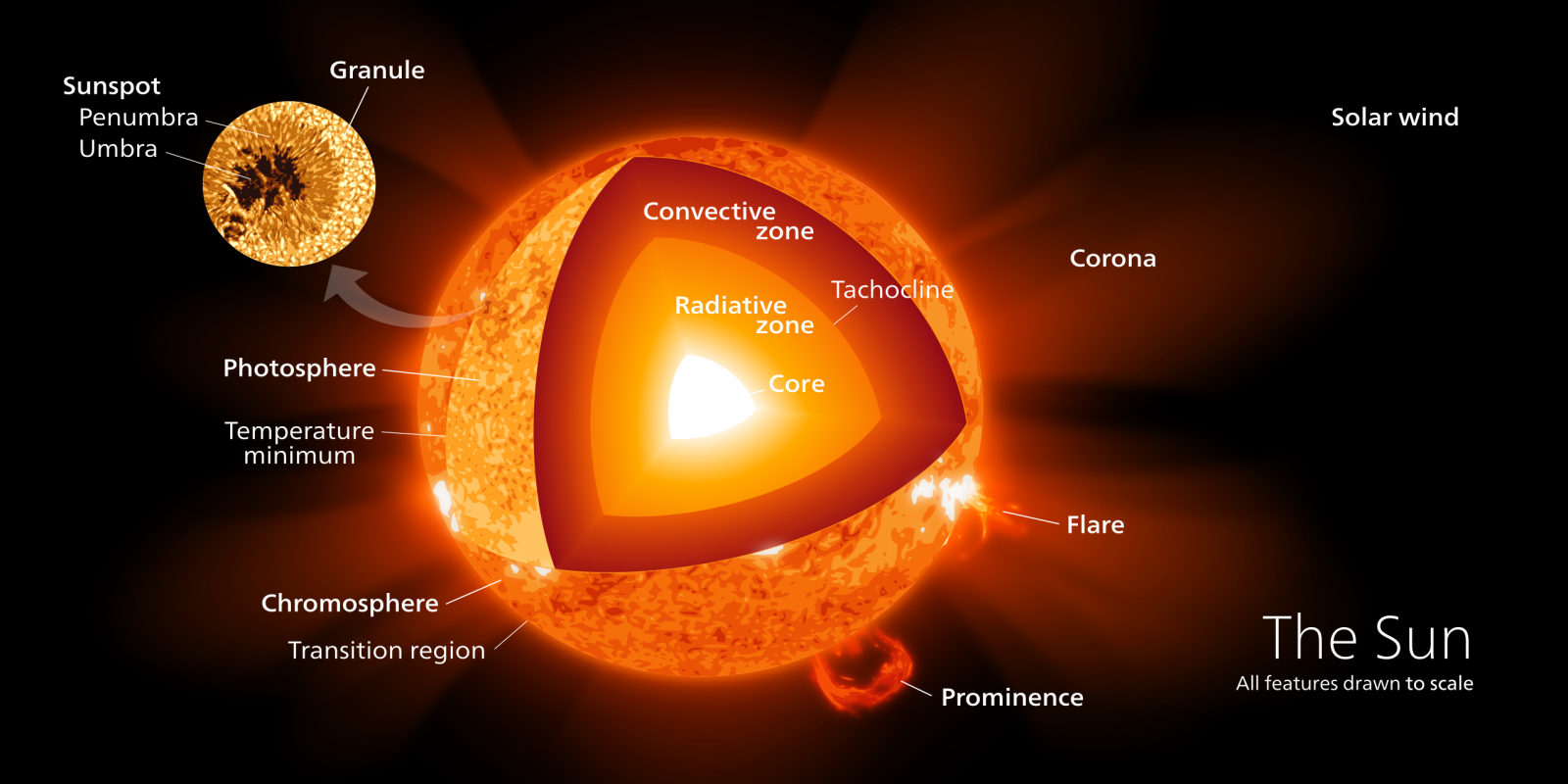A method 5 times more precise for predicting nuclear reactions at the heart of the Sun
Follow us on Google News (click on ☆)
At the core of the Sun, a series of nuclear fusion reactions converts hydrogen into heavier elements, releasing the energy that lights up and warms our planet. A key moment in this chain is the fusion of protons with beryllium-7 to form boron-8, which subsequently decays by emitting neutrinos, fundamental particles that can be detected on Earth. This step is crucial for understanding the flow of energetic solar neutrinos reaching us.
Reproducing the conditions of these reactions in Earth's laboratories is extremely difficult. Scientists therefore rely on theoretical calculations to extrapolate the rate of these nuclear reactions from possible experiments. However, this extrapolation method has uncertainties. A new method significantly reduces these uncertainties, thus providing a more precise tool for determining the fusion rate between protons and beryllium-7 at low energy. This improvement, described in an article in the journal Physics Letters B, lowers the uncertainty by a factor of five.
This enhancement paves the way for similar advances concerning other critical reaction rates in the Sun, enabling more accurate predictions based on the standard solar model. This model describes the evolution of the Sun and other stars over time, and improving our understanding of the properties of neutrinos and the inside of the Sun largely depends on it.
Thanks to this research, which combines calculations based on theories with experimental results, researchers have established a new way to assess the nuclear reactions occurring under conditions difficult to replicate in laboratories. This advancement promises to enrich our knowledge of how the Sun fuses particles to produce energy, as well as to better understand other phenomena taking place at the hearts of stars.
